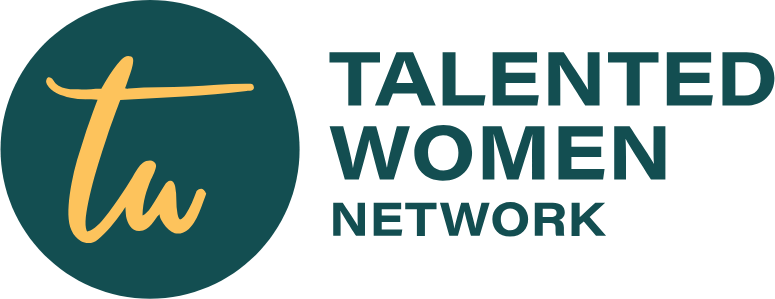With the rate of competition in the job market, a well-formatted resume isn’t enough.
Recruiters are no longer just skimming for qualifications — they’re looking for a story. One that makes sense, has momentum, and leads right to their open role.
It’s no surprise, then, that top candidates are thinking like marketers and framing their resumes as narrative arcs — subtle, compelling, and strategic.
Welcome to the era of resume storytelling.
The Resume as a Strategic Narrative
“A resume is more than a list of jobs — it’s your personal highlight reel. The best candidates know how to draw a line between where they’ve been and where they’re going. Their resumes read like intentional journeys, not career ping-pong. So how do you craft that kind of journey? It begins with knowing your destination.
Start With the Ending
Every good story has an ending — and so should your resume. Before you write a single bullet point, define the job you’re targeting. Is it a leadership role? A pivot into a new industry? A move from execution to strategy? That destination should dictate every word on the page.
Once your goal is clear, work backward. Highlight past roles and achievements that lead logically to this next step. Think of each position as a chapter in a career novel — each one building toward the climax: you, landing the job you’re applying for.
Selective Emphasis is Key
Not every line on your resume needs to sing — but the right ones should. If you’re applying for a marketing role at a sustainability startup, lean into your campaign work that moved the needle on eco-conscious initiatives.
Downplay less relevant experience, or reframe it through the lens of transferable skills.
This is where subtle storytelling takes shape. You’re not fabricating; you’re curating.
Strategic resumes showcase a pattern — of growth, of industry interest, of leadership potential — that helps a recruiter see you in the role before you even interview.
Context Over Chronology
Linear timelines are easy to follow, but compelling stories often jump around for dramatic effect. Your resume, though structured chronologically, doesn’t need to be a flat list. Use strategic section headers — “Leadership Experience,” “Digital Strategy Projects,” “International Market Expansion” — to add depth and focus.
A career coach once said, “Don’t be afraid to break from tradition; the goal is to show alignment with the role, not to squeeze into a box. Your format should serve your story.”
Quantify the Plot
Stories are richer with detail, and hiring managers love data. Rather than saying you “led a team,” say you “led a 6-person cross-functional team that launched a $2.5M product 3 months ahead of schedule.” Metrics don’t just impress — they anchor your narrative in measurable success.
These data points are your plot twists — the wins, breakthroughs, and challenges that make your journey worth following.
Tie it All Together With a Personal Touch
Finally, remember that even in the corporate world, people hire people. A short, well-crafted summary at the top of your resume can act like a story’s prologue.
Two to three lines explaining who you are, what drives you, and where you’re headed can humanize your credentials and frame everything that follows.
The best resumes make you feel like you’ve just watched a trailer to an inspiring documentary — one you want to keep watching.
In the end, your resume isn’t just a document. It’s your first audition, your elevator pitch, your handshake. When crafted with intention and storytelling in mind, it can transform your job search from a numbers game to a narrative win.
Always remember that the best candidates don’t just apply — they connect.

